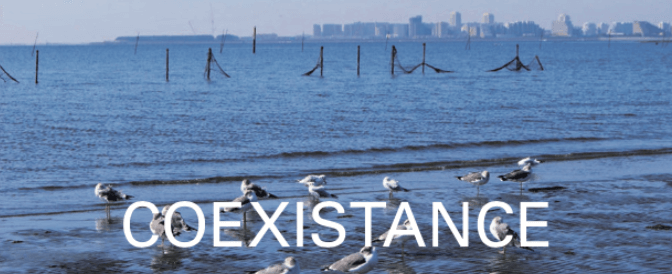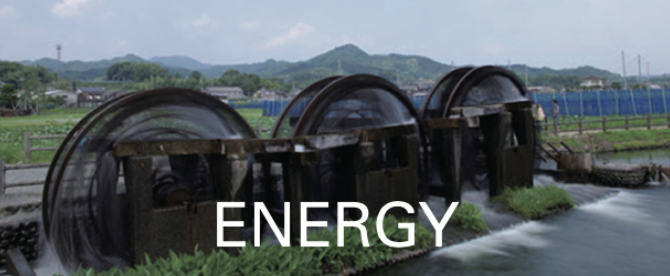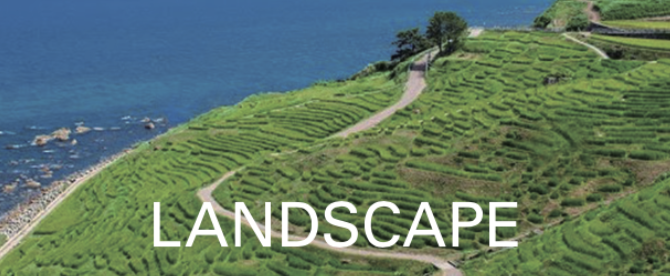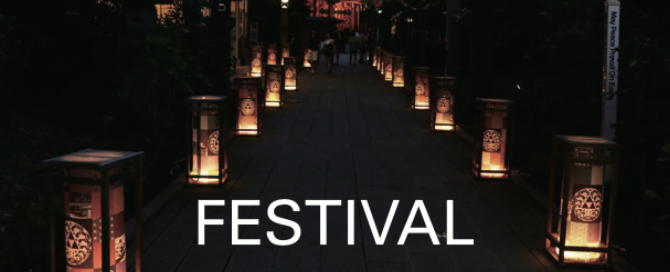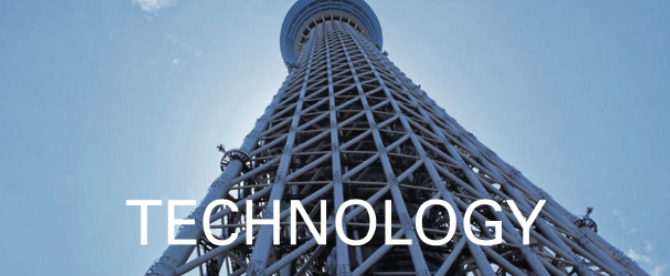
A robot army serves as the guardian of this museum. They stand at the roof garden atop the spiral staircase next to the Nekobus, the cat bus room. The theme of the museum next to Inokashira Park, is ”there is a forest in Mitaka where you can become a lost child, together with children.
Trees and flowers grow abundantly in the roof garden, and you can experience the transition of the four seasons. It is a space where animation and nature overlap, formed by director Hayao Miyazaki who mentioned “animation has no humidity”.
-Advanced reservation only.
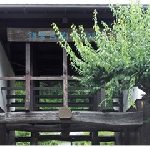
This museum was relocated an an Old Private House, in Kita Kamakura, connected to the Kamakura Kaido Road. Therefore, it has unrefined and primitive taste. This museum possesses medieval pottery, and masterpieces like white porcelain and celadon porcelain from the Song Dynasty (960 – 1279). They systematically introduce the attractiveness of medieval pottery and porcelain to show the social conditions of the Kamakura period (1185 – 1333). It holds special exhibitions, too.
It is an Old Private House. Gokenin, vassals in the Kamakura Shogunate were let to live along Kamakura Kaido Road for the defense of the Kamakura Shogunate, by Minamoto no Yoritomo (1147 – 1199), the 1st shogun of the Kamakura Shogunate. Bushido, chivalry in Kamakura, is like the Noh play entitled “Hachi no ki”. In that play, Hojo Tokiyori (1227 – 1263) the 5th Shikken, the Regent of the Kamakura Shogunate, appeared to visit various provinces, to observe the conditions of the people and to stay at the house of a Gokenin in the snowing evening. Although his house was unrefined and primitive, he welcomed Tokiyori with a warm mind.
Japanese Bushido has the backbone of the Zen philosophy in Kamakura.
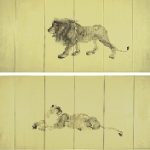
Hirafuku Hyakusui (1877-1933) was born in Kakunodate town, in Akita prefecture. He studied under Kawabata Gyokusho (1842-1913) and graduated from the Tokyo School of Fine Art. You can feel his attitude towards the target with a spirit of realism, from the work of lions.
museum possesses the works of Akita Ranga (Japanese painting in Dutch-style) by Satake Yoshiatsu (1748-1785), who was the 8th feudal lord of the Akita Domain, Odano Naotake (1749-1780), and the collections related to Akita prefecture by Hirafuku Suian (1844-1890), his son Hyakusui and Terasaki Kogyo (1866-1919). In addition, there is a memorial room of Okada Kenzo (1902-1982), a western-style painter who was active in New York.
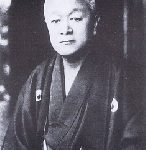
The richness of the Jomon Period (16,000 years ago – 3,000 years ago) is demonstrated through its excavated artifacts. Prehistoric cultures, the Jomon Period, had no system of writing. Thus, they would invariably disappear once the last settlement of that society met its demise. The written language, introduced to the Japan Islands by those who migrated from continental Asia, became the means for keeping a record of this complex culture.
Konan Naito (1866-1934), was a prominent 20th Century Sinologist and authority on Oriental Studies. His life goal was to study and understand the “true history of Japan.”. This museum exhibits the results of his research.
This museum displays items from his childhood such as early schoolwork, compositions, a model of his home, during his later life, and samples of his own classical Chinese poetry.
